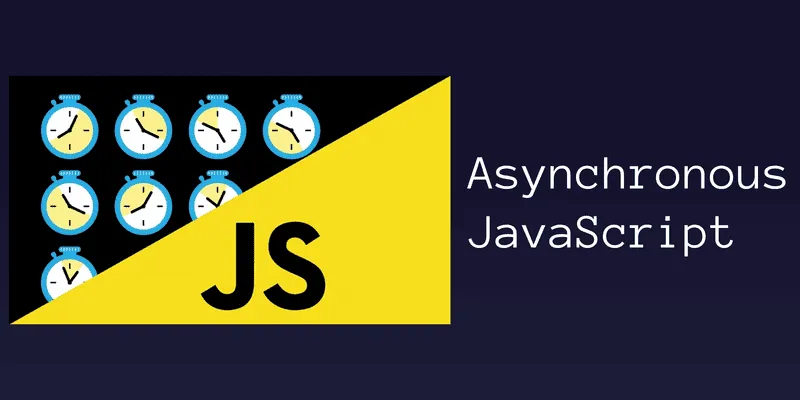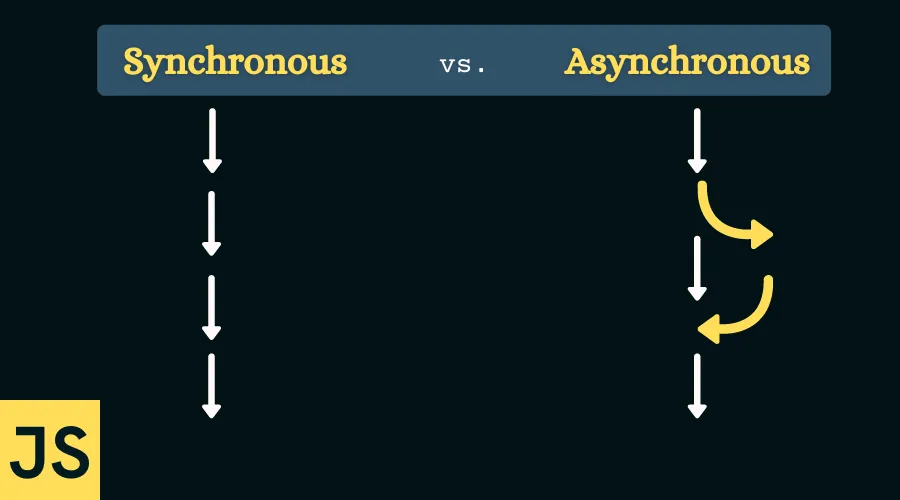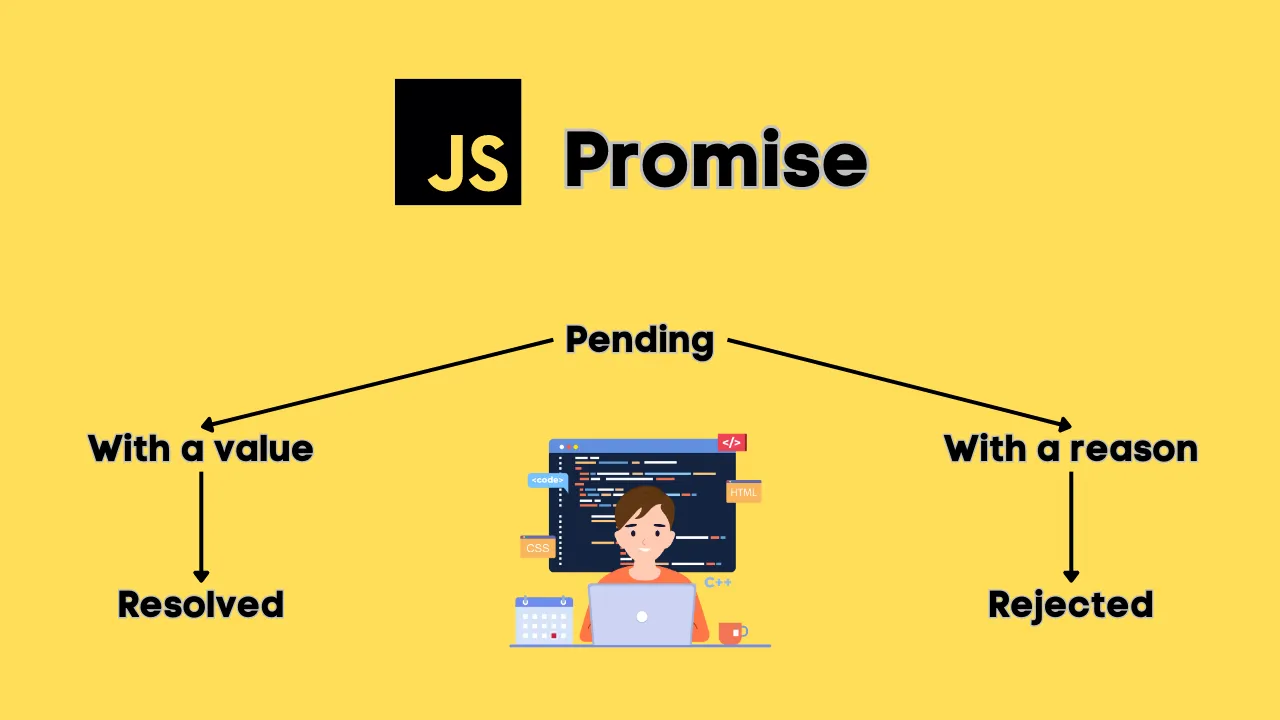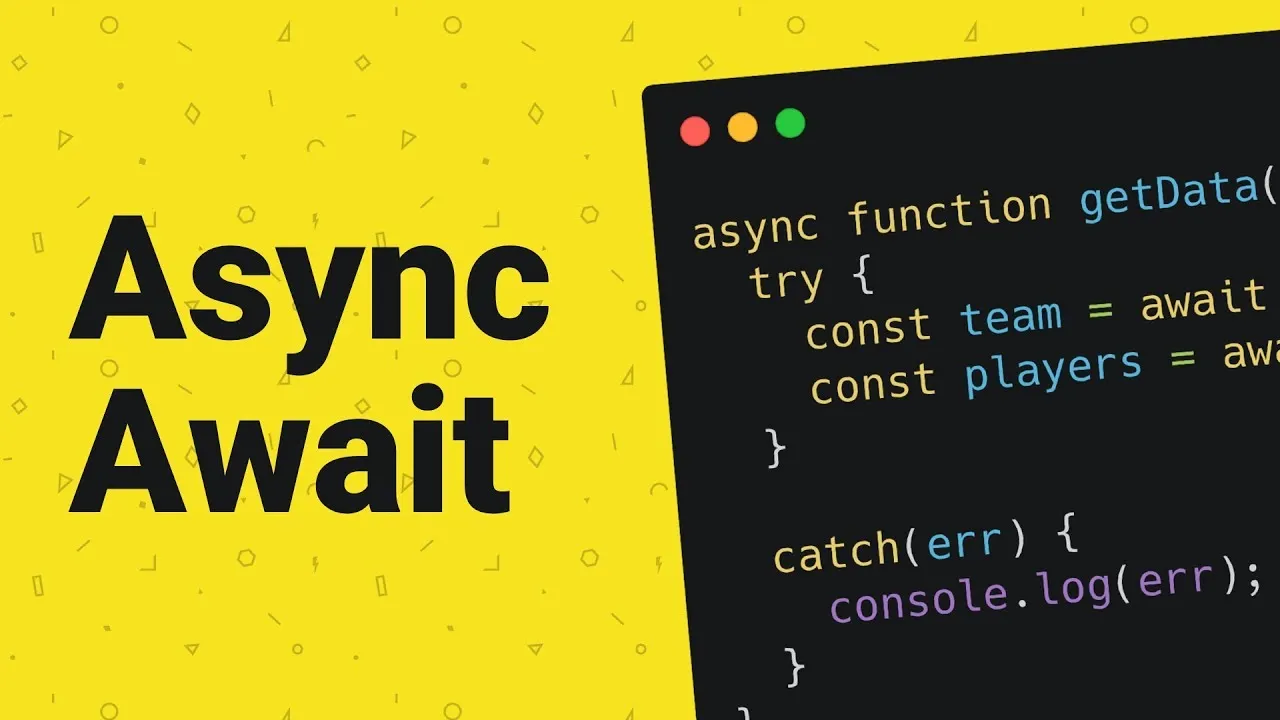In the modern web development world, speed and user experience are king. No one wants to stare at a frozen website just because it's waiting to load a huge image or process a complex task. This is where Asynchronous Programming in JavaScript steps in as a hero, thoroughly solving this problem and ushering in a new era for smooth, flexible, and efficient web applications.

So what is asynchronous programming and why is it so powerful? Let's peel back the layers of this important concept together.
Synchronous vs. Asynchronous: An Easy-to-Understand Story 🍳
Imagine you're in the kitchen and need to do two things: fry eggs and toast bread.
-
Synchronous way: You put the pan on the stove, crack the eggs, and stand there waiting until the eggs are fully cooked. After the eggs are done, you put them away and only then put the bread in the toaster and wait again. Everything happens sequentially, one after another. The result? You waste more time and your breakfast gets cold. This is how JavaScript works by default—it's a single-threaded language, only doing one task at a time.
-
Asynchronous way: You put the eggs in the pan and turn on the heat. While the eggs are cooking, you put the bread in the toaster. The toaster works on its own. During that time, you can make a cup of coffee. When the eggs or toast are done (whichever comes first), you handle it. This way, multiple tasks are done in parallel, saving time and being much more efficient.

Asynchronous programming in JavaScript works the same way. Instead of making the browser "freeze" waiting for a time-consuming task (like fetching data from a server, reading a file, or setting a timer) to finish, JavaScript lets those tasks run in the "background." When the task is done, it notifies you and you handle the result later. This keeps the UI responsive and delivers a smooth, uninterrupted experience.
The "Weapons" of Asynchronous: From Classic to Modern ⚔️
JavaScript has gone through a long journey developing tools to handle asynchronous tasks. Each generation has its own pros and cons.
1. Callbacks: The Honorable Predecessor
This is the most basic and oldest method. The idea is simple: you pass a function (called a callback function) as an argument to another asynchronous function. This callback will be called and executed when the asynchronous task is done.

Example: Fetching data from a server.
function fetchData(callback) {
setTimeout(() => {
// Simulate an API call taking 2 seconds
console.log('Data fetched!')
callback({ id: 1, name: 'Product A' })
}, 2000)
}
fetchData(function (data) {
console.log('Received data:', data)
})
console.log('Data request has been sent...')
The tough problem: "Callback Hell"
Callbacks work well for single tasks. However, when you have multiple asynchronous tasks that depend on each other (get user ID ➡️ use that ID to get posts ➡️ use post ID to get comments), your code gets deeply nested, creating a messy pyramid structure that's hard to read and maintain.
function getUserId(callback) {
setTimeout(() => {
// Simulate getting user ID
callback(42)
}, 1000)
}
function getPostsByUserId(userId, callback) {
setTimeout(() => {
// Simulate getting posts by userId
callback(['post1', 'post2'])
}, 1000)
}
function getCommentsByPostId(postId, callback) {
setTimeout(() => {
// Simulate getting comments by postId
callback(['comment1', 'comment2'])
}, 1000)
}
getUserId(function (userId) {
// Get posts
getPostsByUserId(userId, function (posts) {
// Get comments for the first post
getCommentsByPostId(posts[0], function (comments) {
// Handle final result
console.log('Comments:', comments)
})
})
})
This is what the community calls "Callback Hell" or the "Pyramid of Doom."
2. Promises: A Brighter Future
To solve the chaos of Callback Hell, Promises were born. A Promise is an object representing the future completion (or failure) of an asynchronous task.

A Promise has 3 states:
- Pending: Initial state, task not yet completed.
- Fulfilled (Resolved): Task completed successfully.
- Rejected: Task failed.
Promises let us handle results more elegantly using .then() (for success) and .catch() (for failure). The best part is chaining, making code flatter and much easier to read.
Example:
function fetchDataPromise() {
return new Promise((resolve, reject) => {
setTimeout(() => {
const data = { id: 1, name: 'Product A' }
// Assume data fetch is successful
resolve(data)
// If error, call reject(new Error("Network error!"));
}, 2000)
})
}
fetchDataPromise()
.then((data) => {
console.log('Received data:', data)
// You can return another Promise here to chain
})
.catch((error) => {
console.error('An error occurred:', error)
})
.finally(() => {
console.log('Task finished, whether successful or failed.')
})
console.log('Data request has been sent...')
Promises were a revolution, cleaning up "callback hell" and bringing clear, structured code.
3. Async/Await: The Elegant Syntax of Today
Async/Await is a special syntax built on top of Promises, not something entirely new. It lets us write asynchronous code that looks just like synchronous code, making it more intuitive and readable than ever.

- The
asynckeyword is placed before a function to make it asynchronous (it always implicitly returns a Promise). - The
awaitkeyword can only be used inside anasyncfunction. It "pauses" the function execution until the Promise resolves (or rejects) and returns the result.
Example: Rewrite the above example with Async/Await.
function fetchDataPromise() {
return new Promise((resolve) => {
setTimeout(() => {
resolve({ id: 1, name: 'Product A' })
}, 2000)
})
}
async function processData() {
try {
console.log('Data request has been sent...')
const data = await fetchDataPromise() // Pause here until Promise resolves
console.log('Received data:', data)
} catch (error) {
console.error('An error occurred:', error)
} finally {
console.log('Task finished.')
}
}
processData()
As you can see, the code is neat, sequential, and as easy to follow as regular synchronous code. Error handling is also done naturally with the familiar try...catch block. Async/Await is the gold standard for asynchronous programming in modern JavaScript.
Quick Comparison: Callback vs. Promise vs. Async/Await
Before wrapping up, let's summarize everything with the quick comparison table below:
| Tool | Callbacks | Promises | Async/Await |
|---|---|---|---|
| Syntax | Nested | Chained .then(), .catch() | Almost like sync code |
| Complexity | Prone to "callback hell" | Much better management | Easiest to read/understand |
| Error handling | Convention (first arg is error) | Centralized .catch() | Familiar try...catch |
| Composability | Difficult | Good (Promise.all, Promise.race) | Excellent (on Promises) |
| Platform | Basic, primitive | ES6 | ES2017 (ES8) |
Conclusion: Master Asynchronous, Conquer the Future
Asynchronous programming is not just a feature, it's a core mindset when working with JavaScript. From creating smooth animations, loading data without freezing the page, to building complex real-time web apps, it all relies on this principle.
By understanding and mastering tools from Callbacks to Promises, and especially the modern Async/Await syntax, you're not just writing more efficient code—you're building great user experiences. This is the key to becoming a professional JavaScript developer and creating products that truly shine in the digital world.
![[JS Basics] Conditional Statements in JavaScript: Examples & Effective Usage](/images/blog/conditional-statements-in-javascript.webp)
![[JS Basics] Objects in JavaScript: Concepts & Effective Usage](/images/blog/objects-in-javascript.webp)
![[JS Basics] Loops in JavaScript: A Detailed Guide for Beginners](/images/blog/loops-in-javascript.webp)
![[JS Basics] How to Set Up a JavaScript Runtime Environment](/images/blog/setting-up-the-javascript-runtime-environment.webp)